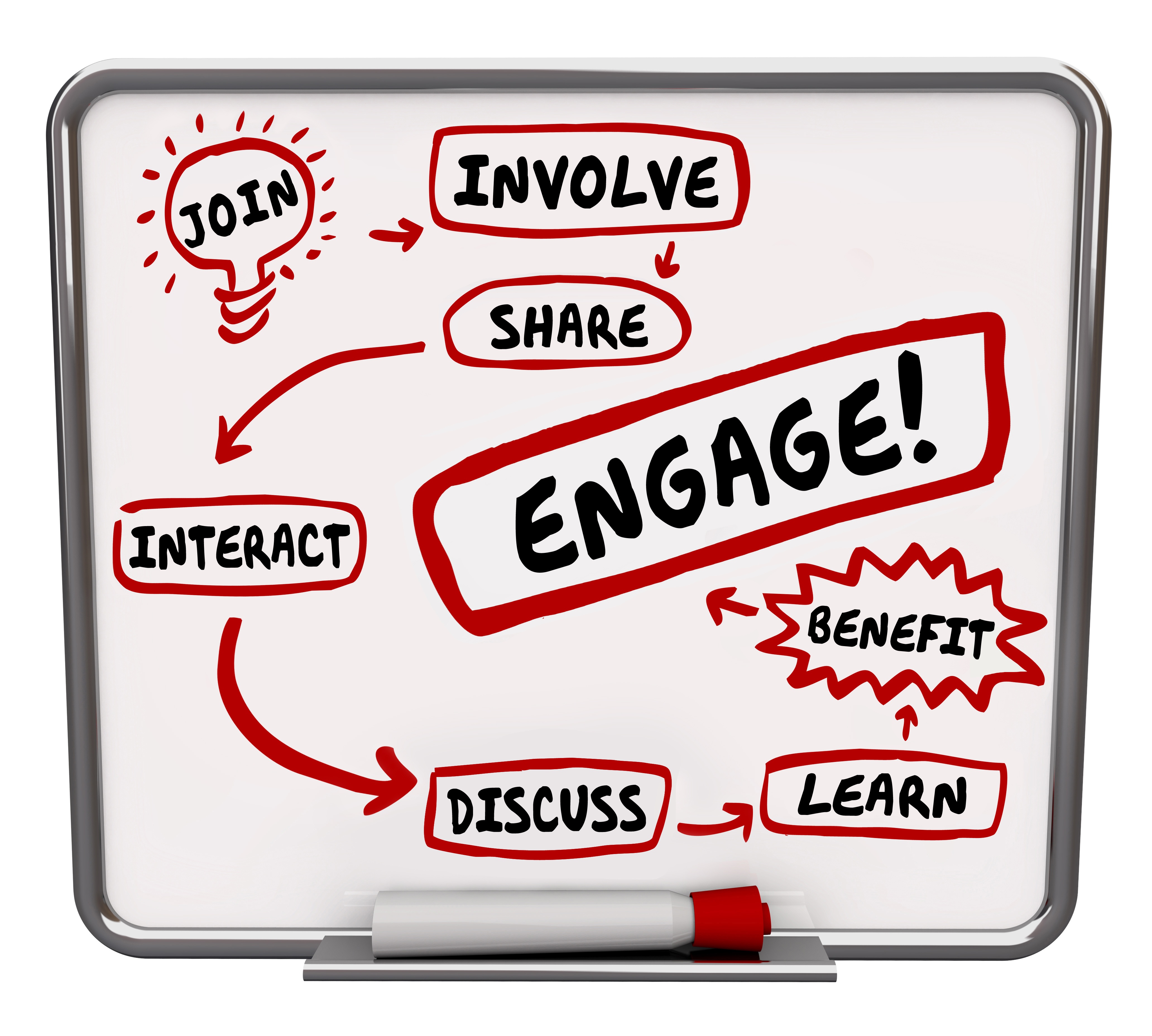
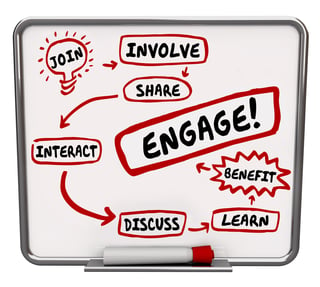
This is the third in a series of blog articles around Participatory Design. In the first article, I introduced the concept of Participatory Design (PD) and Human-Centered Design (HCD) processes PD encompasses. In the second article, we discussed the first step in a solid PD workflow: Recruiting. In this installment, we discuss the components of a PD session and how to uncover findings and get participants involved!
Participatory Design: Part 3 - Get Participants Involved
Once you have recruited your participants, if you have not already, you need to clearly define your goals for the PD session. Be sure to be clear and articulate in detail what you wish to discover. The more detailed at this stage the better. Once you have clearly defined goals, you can begin to choose your PD methodologies. There are several and run the gamut from group exercises, to in-depth interviews, to large design hands-on experiences. Depending on your goals, you’ll select your methods for discovery. Try and keep your PD sessions no longer than 4 hours with breaks.
Side-note: You don’t want your participants to get tired, so be sure to plan plenty of breaks; you can even continue working during a refreshment break, for example. Just keep the conversations flowing over a Q&A session and your participants will forget they are even in a PD session!
A quick breakdown of a Participatory Design session could look like this:
- Icebreaker & Introductions
- Open-Ended Questions and Wizard-of-Oz Narratives
- Lunch Break with Q&A Session
- Partner Design Opportunity
- Think, Pair, Share
- Closing
Icebreakers are great to get people familiar with others in the room, while also helping the moderator identify the strong and shy personalities in the group. It’s the moderators job to ensure all voices are heard, so identifying the personality types early will help. You can find some great icebreaker techniques on the internet- just do a quick search. My fallback icebreaker is to ask group members to share something unique about themselves, as well as their names, backgrounds, and interest for participating in the PD session.
Open-Ended questions are a great way to get the creative juices flowing. Presenting your participants with narratives of potential scenarios and asking them to help you solve the problem gets individuals thinking and talking, which are two of the best things to happen during a PD session. You can also use a derivative called the Wizard-of-Oz technique, where you ask individuals to solve a given problem stated through narrative without the fear of technology or other types of challenges; everything would work in this perfect world they would be creating. This allows participants to think outside-the-box and come up with creative problem solving solutions to a given situation.
During a lunch break, I like to keep the conversations casual and moving forward so I employ Question and Answer where I throw out questions to the group and ask for rapid responses. The questions need to be very specific and succinct in order to gather findings. Keeping participants thinking and talking during this break will help transition to the next activity.
Partner Design Opportunities are perfect for pairing up participants and issuing a design challenge through a narrative. For example, you could challenge participants to come up with the best interface for a new alarm clock, or ask them to storyboard an experience from start to finish with a product or service. Anything that gets participants putting pencil to paper is great! Allow ample time for pairs to brainstorm and execute their discoveries.
Once pairs have solved the given problem, ask them to take some time to articulate to each other what they just did; this is Think, Pair, Share. Have them think about what they did and share with their partners they are already paired up. This is in preparation for the final presentation to the group of their solution. Ask teams to share their findings and design solution with the greater group. As a moderator, you will keep the conversations flowing ensuring it doesn’t get stuck on any one solution.
Closing is a time when you can help the group summarize their findings, and also a time to bring the conversation back to where it started. This is a great opportunity to begin analyzing data with the group and even take time to possibly vote on best solutions, or extract additional best-findings as a group. Take this time to answer any questions participants may have regarding what they experienced and ensure they are made aware of any additional opportunities for involvement in the future; it’s always nice to work with some of the same participants as a system matures over time.
Now that we have conducted the PD session and gathered a plethora of data, we need to analyze it all! Be on the lookout for the next installment in this series, where we will learn how to analyze Participatory Design session data!
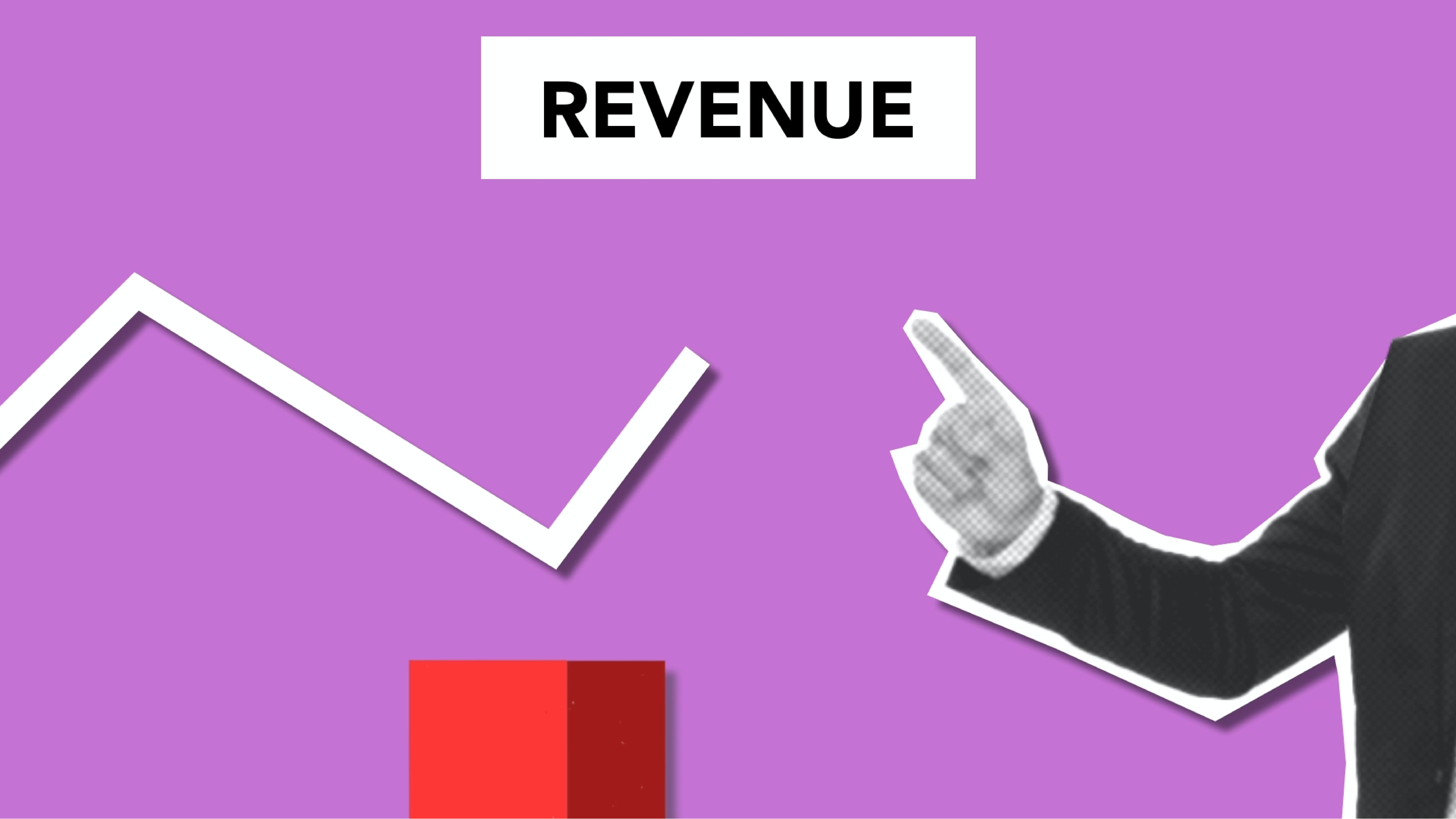
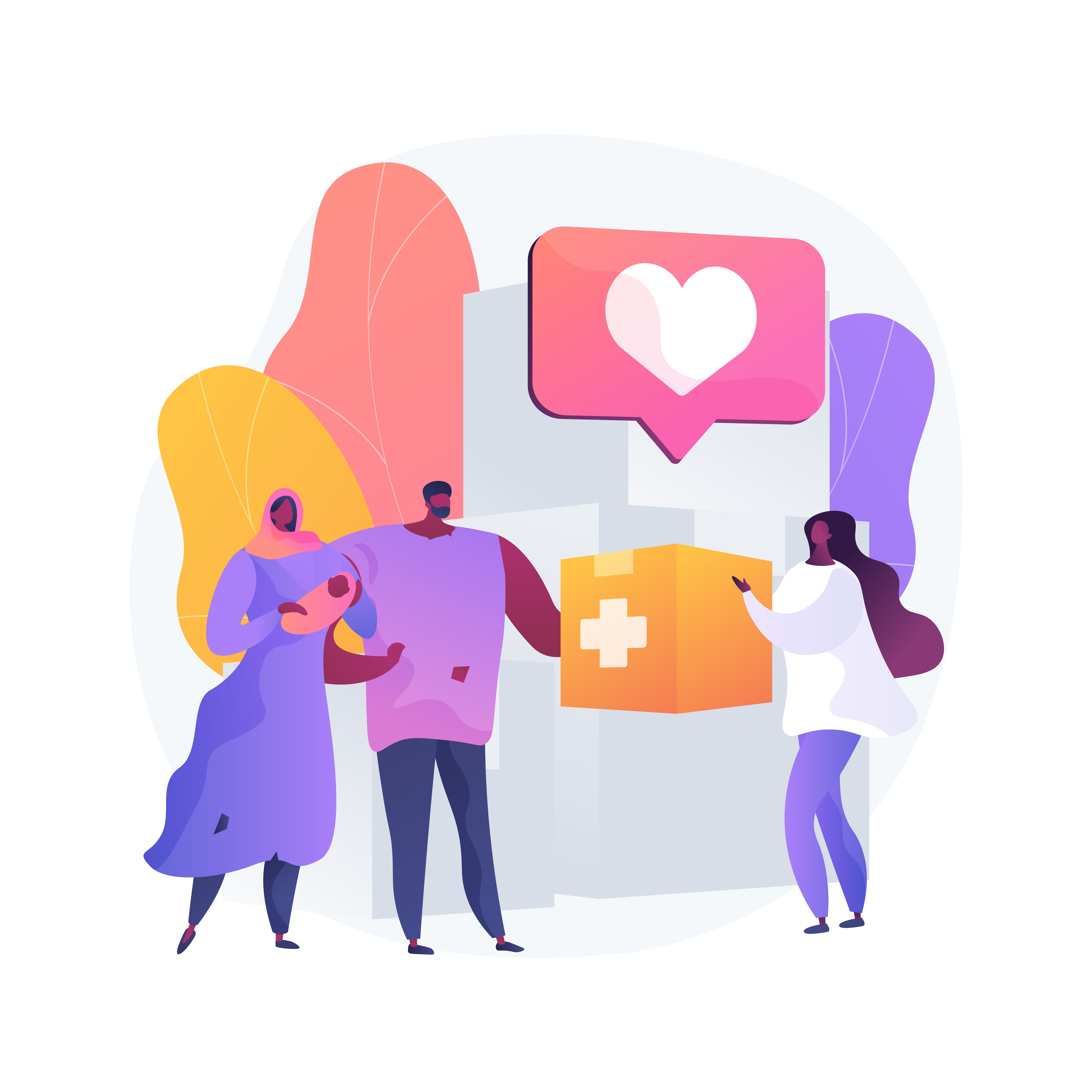
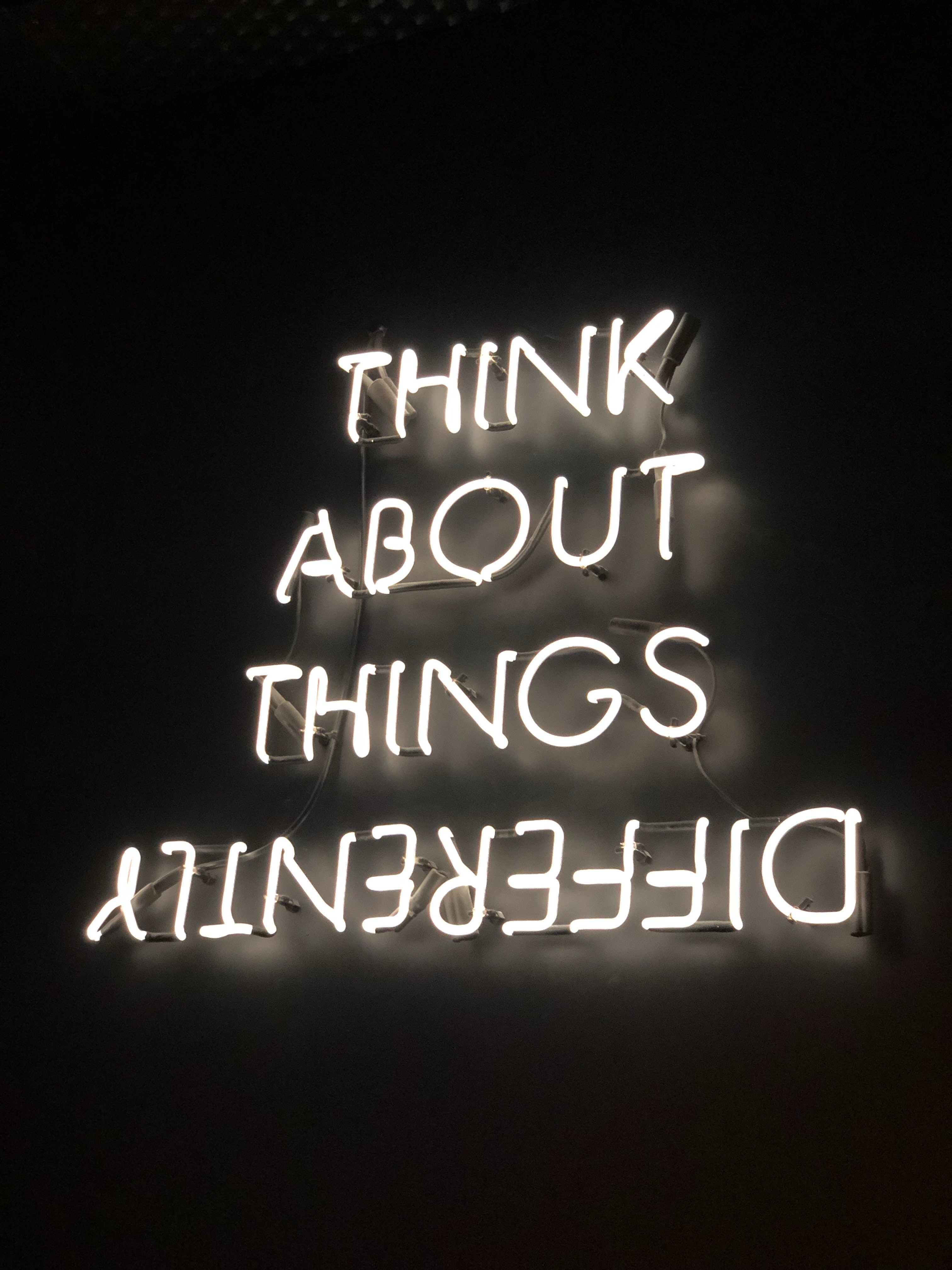







Comments
Add Comment